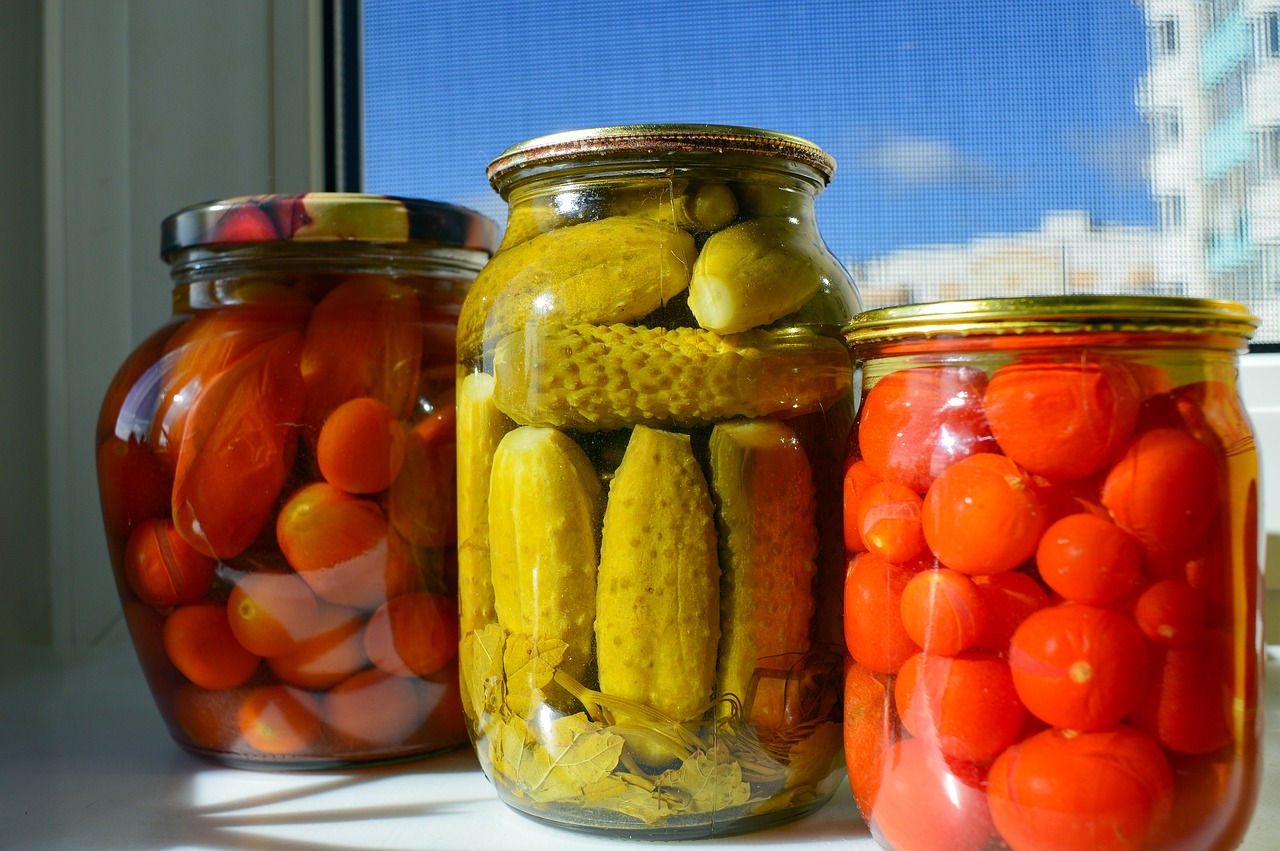The Role of Food in Social Justice Movements: Addressing Disparities
The role of food has been a pivotal aspect of social justice movements throughout history. From the Civil Rights Movement of the 1960s to the present-day movements advocating for food sovereignty and accessibility, food has been intertwined with social justice causes. It has served as a symbol of unity, a tool for resistance, and a means of empowerment for marginalized communities.
During the Civil Rights Movement, communal meals and food-sharing initiatives were used as a way to bring people together, strengthen bonds, and provide nourishment for those fighting for racial equality. The act of sharing meals created a sense of solidarity among activists and supporters, fostering a sense of community and common purpose in the face of adversity. Additionally, food played a strategic role in protest movements, as sit-ins and boycotts often targeted segregated restaurants and food establishments, highlighting the injustices faced by Black Americans in accessing basic resources.
The Intersectionality of Food and Social Justice
In exploring the intersectionality of food and social justice, it becomes evident that these two seemingly separate realms are intricately linked through various interconnected systems. The ways in which food is produced, distributed, and consumed can both perpetuate and challenge systems of inequality and oppression within society. Food justice movements seek to address not only the accessibility and affordability of food but also the broader social, economic, and environmental factors that shape our food systems.
Furthermore, the impact of food on social justice goes beyond just issues of hunger and nutrition. Food is deeply intertwined with cultural identity, environmental sustainability, and economic opportunity. By examining the ways in which food intersects with various aspects of social justice, we can gain a deeper understanding of the complexities and interconnectedness of the food system and its implications for broader social issues.
How has food been historically connected to social justice movements?
Food has been a central component of many social justice movements throughout history, serving as a symbol of resistance, a tool for empowerment, and a means of addressing systemic inequalities.
How does the intersectionality of food and social justice play out in today’s society?
Today, the intersectionality of food and social justice is evident in movements advocating for food access, food sovereignty, fair labor practices in the food industry, and sustainable agricultural practices.
Why is it important to consider the intersectionality of food and social justice?
Understanding the intersectionality of food and social justice is crucial for addressing the root causes of food insecurity, inequities in the food system, and broader social injustices.
What are some ways individuals can support the intersectionality of food and social justice?
Individuals can support the intersectionality of food and social justice by shopping at local farmers markets, supporting food justice organizations, advocating for policy changes that promote food equity, and educating themselves and others about food justice issues.





